For most pastries, cooks resort to the help of leavening agents. They are chemical compounds or natural products and ingredients that interact with other ingredients to form other compounds, through which carbon dioxide is formed and hence the swelling during baking.
One of the most common leavening agents used in the kitchen is baking powder. But it is not the only leavening agent that can be used for this purpose. Some of its alternatives are:
- Bread yeast - dry and live (cube);
- Baking soda, but in order to activate it, it needs to be added into a compound with acid and for culinary purposes, yogurt or vinegar is most often used.
- Ammonia soda - it is important to know that cooking with it gives off an unpleasant smell of ammonia during baking, but its aroma then disappears because it evaporates in the form of gas. However, it is not so widely used in recipes because its treatment as a leavening agent is considered an outdated method.
- Baking powders and other ingredients - in special stores and websites you can find special powder products that contain special compositions of ingredients and such baking powders are usually used by bakeries and confectioners, because they do not bet on luck whether the bread will rise and they seek help from such products.
Another trick for making dough rise is to always sift the flour before adding it into the dough mixture. This is how air pockets are obtained between the flour particles, which help in the rising process.
You can get baking powder by mixing 1/2 tsp. of citric acid + 1/2 tsp. of baking soda.
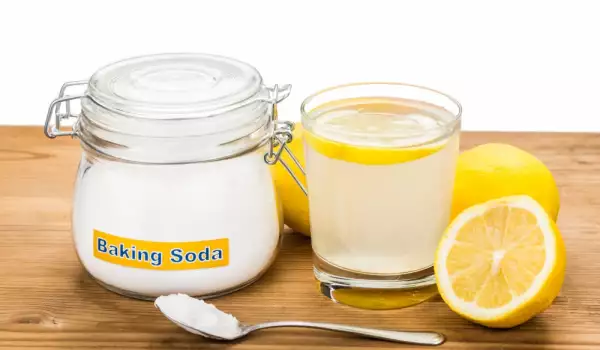
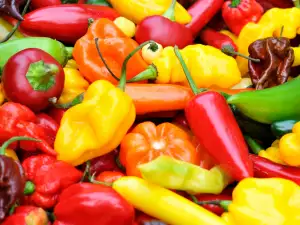


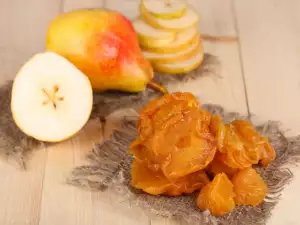



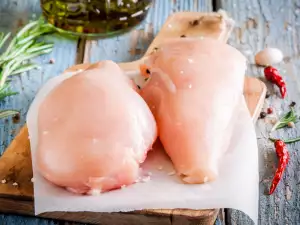
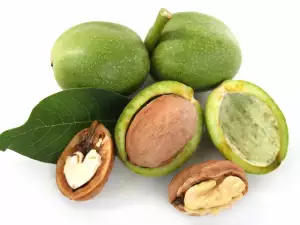
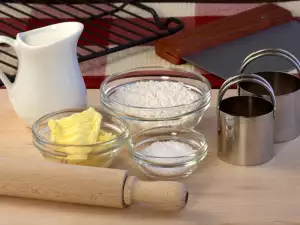
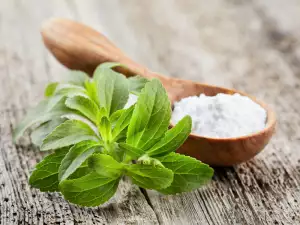
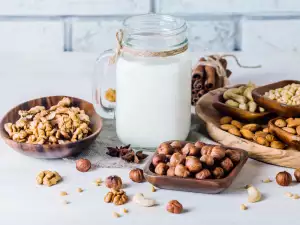
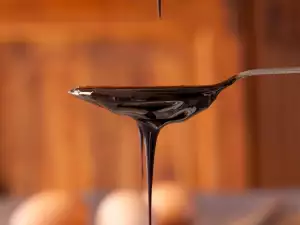





Comments